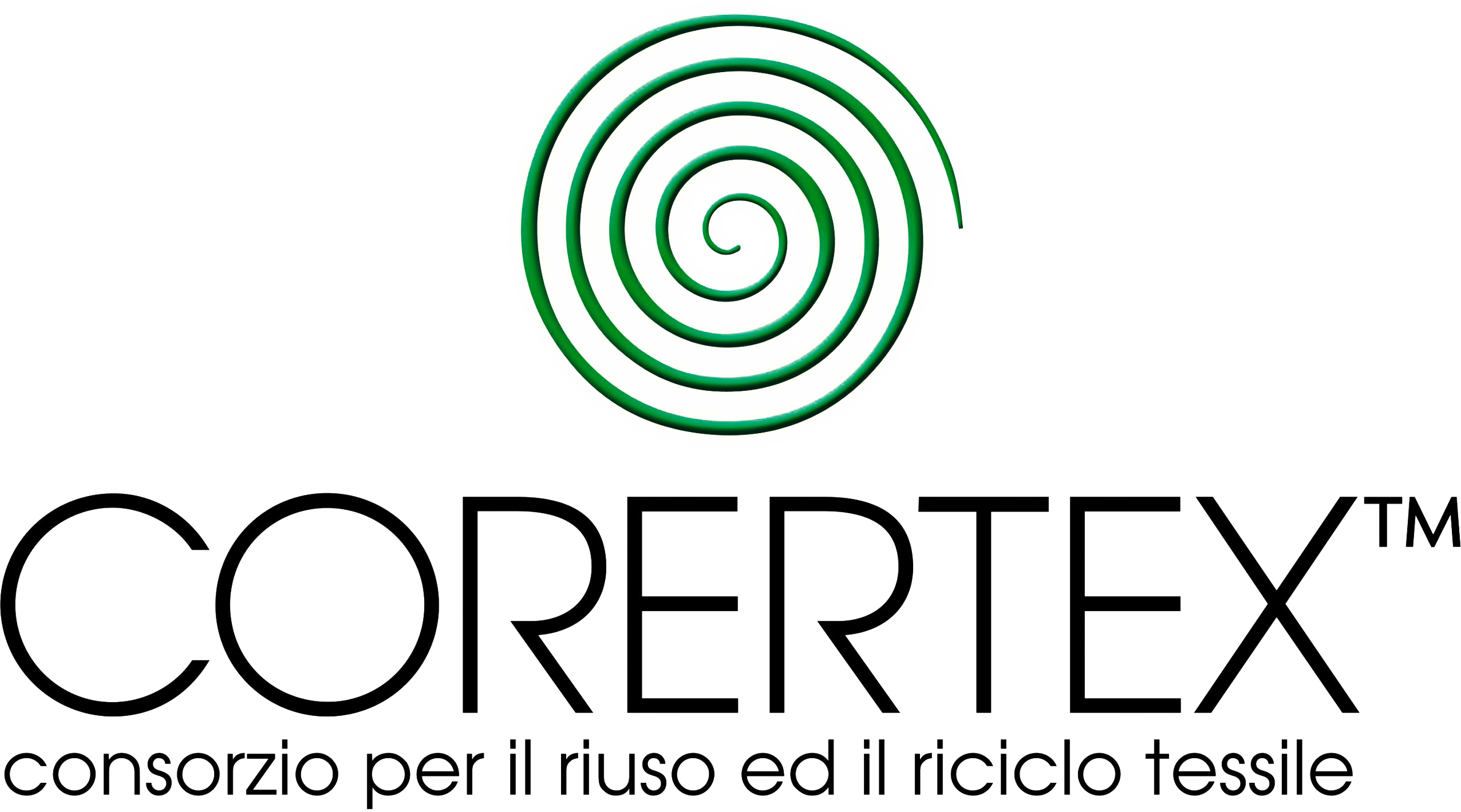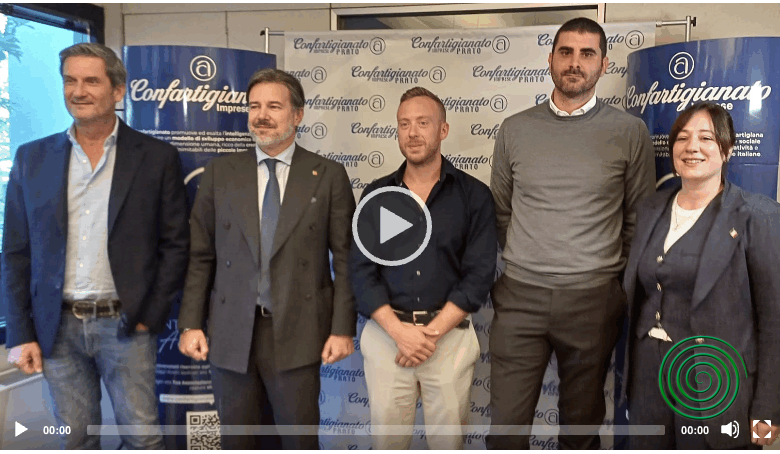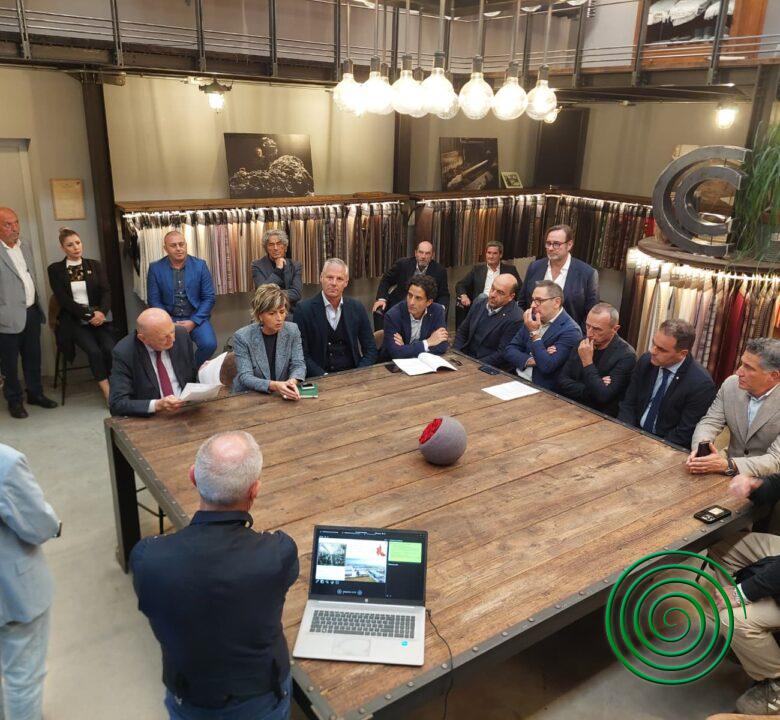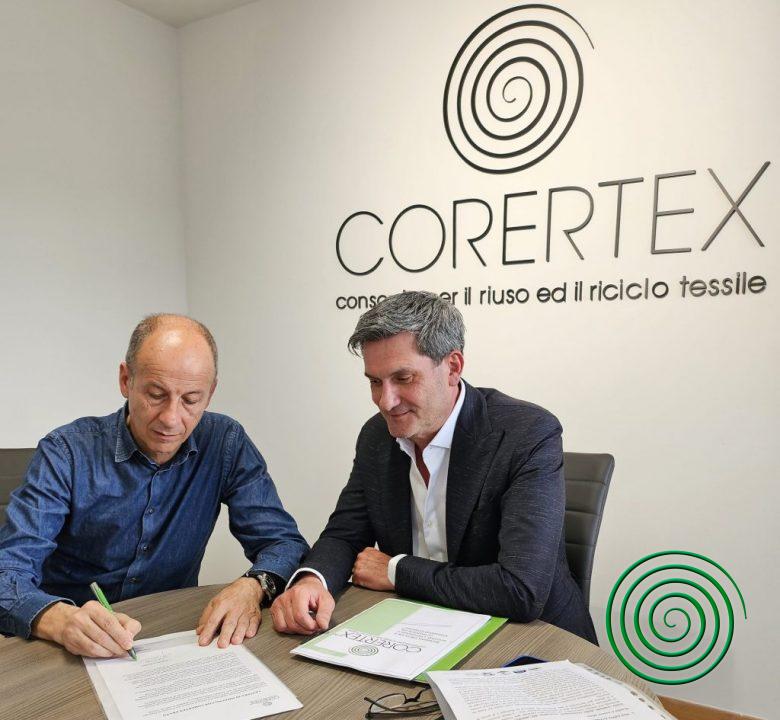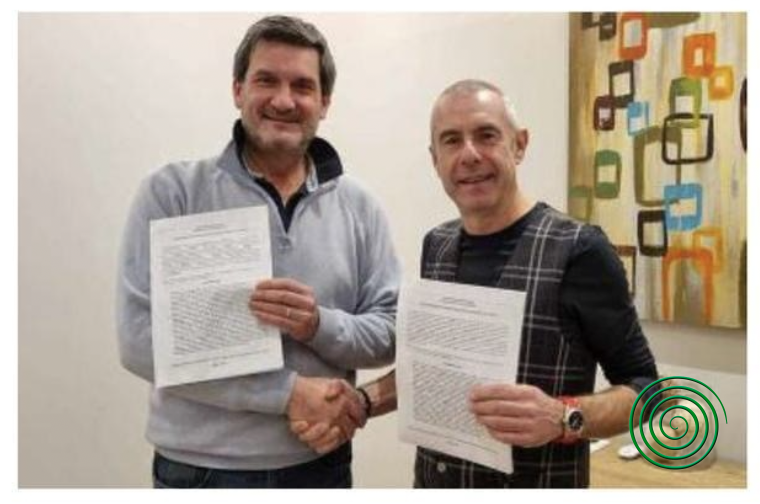
THE FUTURE OF THE DISTRICT: The battle in the EU and the market
January 24, 2024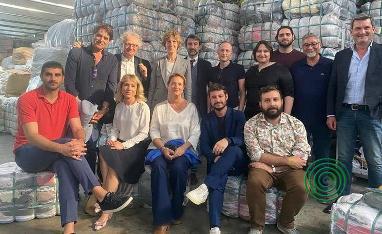
Corertex: The Textile Reuse and Recycling Consortium Emerges in Prato
April 12, 2024Between Innovation and Sustainability: The Prato Path to a Green Revolution
Raffaello De Salvo, president of Corertex, the leading consortium in Prato for textile reuse and recycling, raises a critical issue concerning the future of the circular economy in the textile sector: the need for greater involvement and listening on the part of the Ministry and European institutions.
As regulations on end of waste (EoW) and Extended Producer Responsibility (EPR) evolve, Corertex hopes that its observations and those of other textile supply chain actors are considered. “The current regulatory framework,” De Salvo claims, “seems to proceed without real involvement of those who, like us, work every day to realize an effective circular economy.”
The wait for European legislation that clarifies directions on EPR and end of waste is tangible. Corertex, along with Astri, is actively working to provide constructive feedback, hoping such contributions can positively influence future directives.
Dialogue with the European Commission’s Joint Research Centre (JRC) represents a step forward. Through a detailed questionnaire, Corertex and Astri have been able to express their views, especially regarding the challenges of textile reuse and recycling.

“When discussing the end-of-life of textiles,” De Salvo continues, “the complexity is high. Not just technically, but also due to diverging interests among manufacturers, textile mills, and large multinationals. Finding an agreement that satisfies all parties is the real challenge.”
Corertex’s stance, aligned with that of Confindustria Toscana Nord and other associations, emphasizes the importance of legislation that considers textile waste as a secondary raw material as soon as it enters the treatment plant. This vision contrasts with the current approach, which tends to delay the cessation of waste qualification until after the recycling process.
Lastly, EPR presents another hot front, especially concerning non-European manufacturers. “It’s crucial,” De Salvo concludes, “to clearly define who is considered a producer for EPR purposes and how to ensure that everyone contributes fairly to the eco-contribution. The future of the circular economy in textiles depends on these decisions.”
Credits: Daniele Di Stefano, environmental journalist with a background in associationism and nonprofit research, collaborates with various publications.

